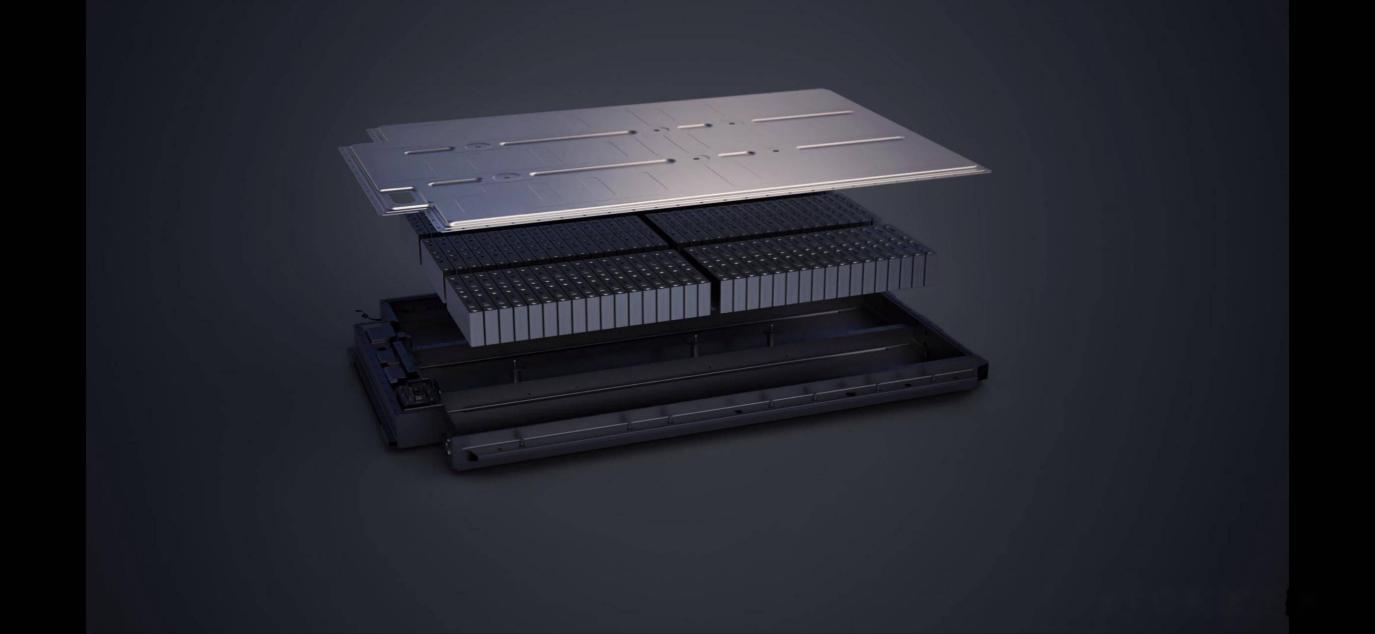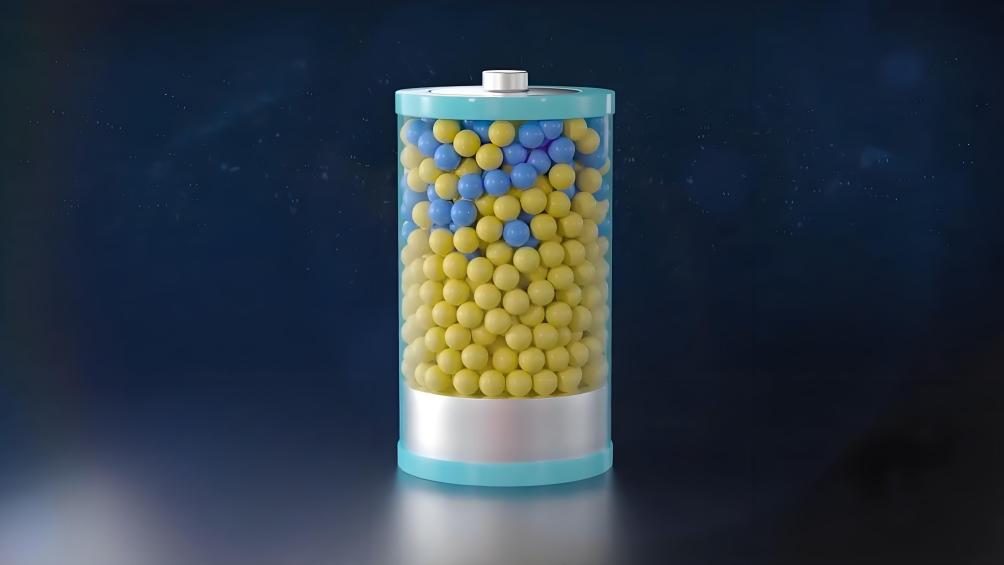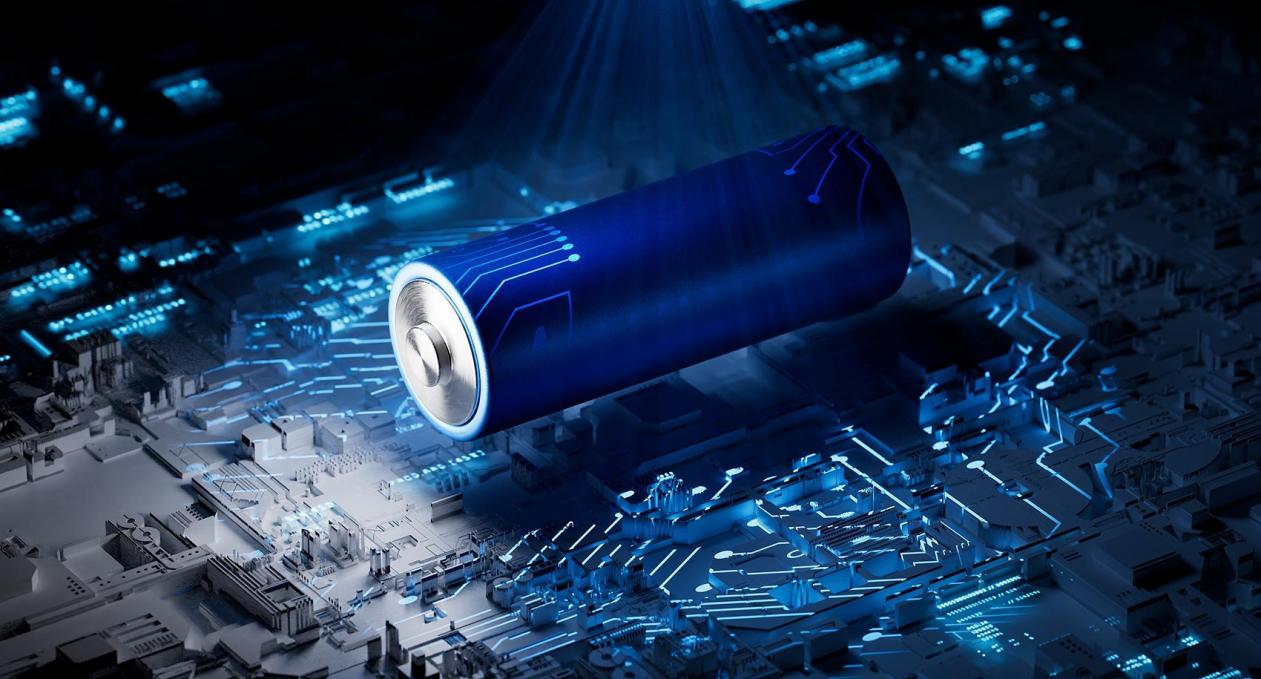The Commercialization of Solid-State Batteries: A "Revolution" in the Battery World
Do you remember playing with marbles as a child? Those colourful glass balls were always so shiny and could roll far with just a gentle push. But if one accidentally fell to the ground, it would shatter into pieces, crushing your mood. Now, imagine that marble as the liquid electrolyte in traditional batteries, and you’ll understand why scientists are racing to give batteries a new "shell" — solid-state batteries.

The emergence of solid-state batteries is like replacing a fragile glass marble with a sturdy "metal ball". Traditional batteries use liquid electrolytes to transfer charge between the positive and negative electrodes. However, this liquid is not only prone to leakage but also poses a fire hazard, especially in cases of short circuits or overheating. In essence, solid-state batteries equip batteries with a layer of "armor" making them more robust.

Why are solid-state batteries attracting so much attention? First, their improved stability and safety mean you no longer need to worry about your phone or car battery exploding or catching fire. Unlike liquid electrolytes, solid electrolytes don’t evaporate easily. They act like a secure vault, preventing energy from leaking out. Moreover, their more stable chemical properties make them less likely to fail due to overcharging, over-discharging, or extreme weather conditions.

Imagine shopping for batteries — traditional batteries are like bottles of regular mineral water, while solid-state batteries are like highly concentrated drinks — smaller, more compact, but packing much more energy. For electric vehicles, this means they can travel farther, and for phones, it means you might not need to charge them every day. Even better, solid-state batteries have a much longer lifespan than their traditional counterparts. Once fully charged, they can provide sustained performance over an extended period, unlike traditional batteries, which tend to lose their charge capacity after some use. For example, imagine owning a phone for three years and still enjoying excellent battery life — a major advantage for industries prioritising long-term reliability and low maintenance.
However, solid-state batteries face their challenges, particularly when it comes to cost. It's like buying a high-end sports car — not only is the price steep but the maintenance and upkeep are also more demanding. As a result, solid-state batteries have not yet become widespread and are mainly used in high-end products and industries, such as electric vehicles and advanced technology equipment.
Additionally, the production process for solid-state batteries is far from simple. Manufacturing them requires precision technology and high-quality materials, akin to preparing a complex dish where every step must be perfect, or the final result will fall short.
The commercialisation of solid-state batteries marks a significant "revolution" in the battery industry, promising longer life spans, greater safety, and more environmentally friendly solutions for our technological future. While challenges in cost and technology remain, advancements in these areas are steadily addressing such issues. In the not-too-distant future, we may all carry devices and drive vehicles powered by these advanced batteries, enjoying the "rock-solid" reliability they bring to our lives.
(Writer:Lany)





